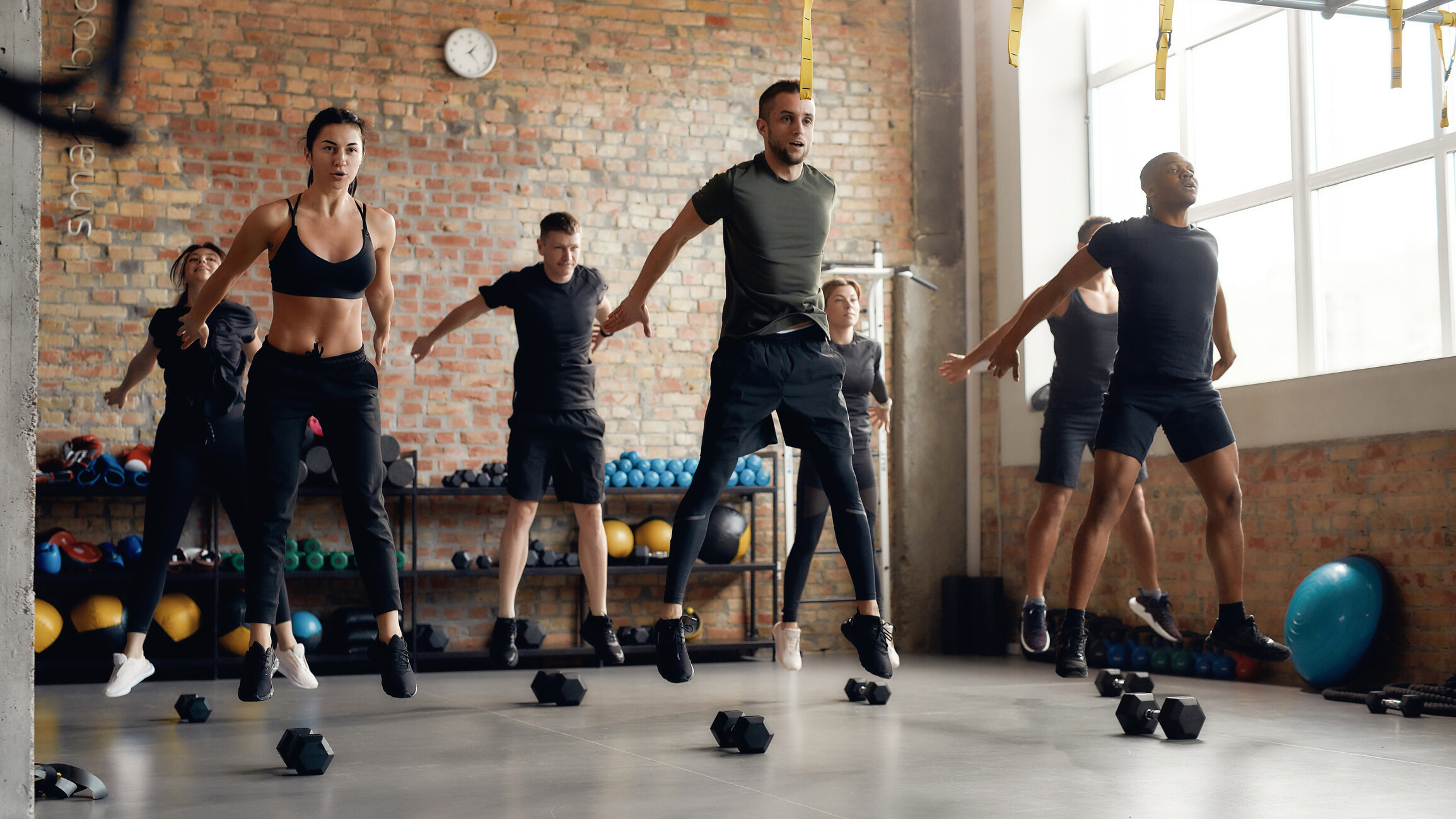Running News Daily
Running News Daily is edited by Bob Anderson. Send your news items to bob@mybestruns.com Advertising opportunities available. Train the Kenyan Way at KATA Kenya and Portugal owned and operated by Bob Anderson. Be sure to catch our movie A Long Run the movie KATA Running Camps and KATA Potato Farms - 31 now open in Kenya! https://kata.ke/
Index to Daily Posts · Sign Up For Updates · Run The World Feed
Pogo hops: one drill to boost leg strength and prevent injuries
While your comfortably cushioned shoes keep you rolling along for hours, they may be preventing you from tapping into your body’s natural elasticity. Christopher McDougall and Eric Orton, coauthors of Born to Run 2: The Ultimate Training Guide, suggest working on foot and leg strength to enhance your ability to bound along the ground lightly, and tout leg stiffness as key.
Leg stiffness, the authors share, doesn’t mean (in this case) having tight muscles or reducing range of motion–rather, it means creating a stiff base so that muscles and tendons can recoil quickly. The more quickly you rebound into the air, the less likely you’ll get injured–after all, injuries happen when your feet meet the land rather than mid-stride.
The more quickly you can spring off each leg, the less your knee, calf, or Achilles tendon is forced to support your body. To get started, try adding pogo hops into your weekly training routine.

Pogo hops
Pogo hops “engage the arch and calves to activate natural elastic leg energy,” McDougall and Orton explain. By practicing these, you’ll learn to minimize ground contact while enhancing elastic energy.

Pogo hops
Pogo hops “engage the arch and calves to activate natural elastic leg energy,” McDougall and Orton explain. By practicing these, you’ll learn to minimize ground contact while enhancing elastic energy.
Focus on getting off the ground quickly, with short bounces the goal rather than achieving height. Do these in bare feet, if possible–running shoes are OK too.
Two feet
Hop quickly up and down, jumping from your ankles with as little knee flex as possible–just like you would in a mosh pit, the authors suggest. Once you have a good pogo hop rhythm going, add some variety by jumping from side to side, front to back, and wherever your hops lead you.
Hop for 30–45 seconds or until you can no longer pogo quickly. Slow pogo hops increase ground contact time, so you want to avoid them.
One foot
Pogo just like you did before, but with one foot only.
Limit these to 10–15 and stop before you fatigue, limiting ground contact time.
by Keeley Milne
Login to leave a comment




